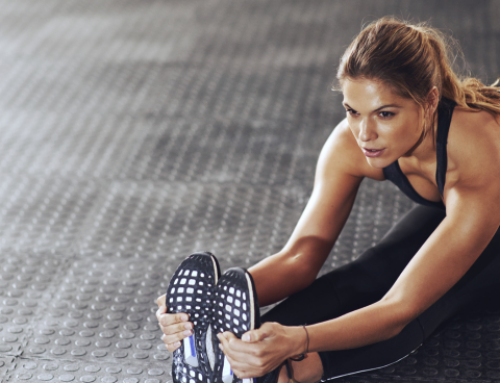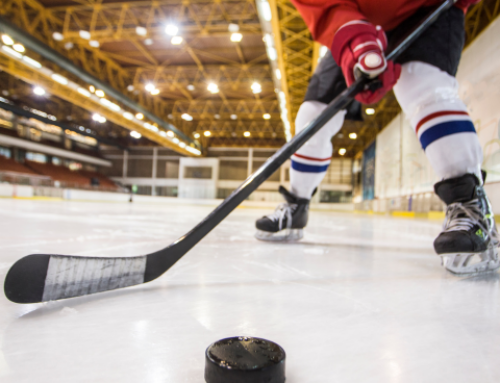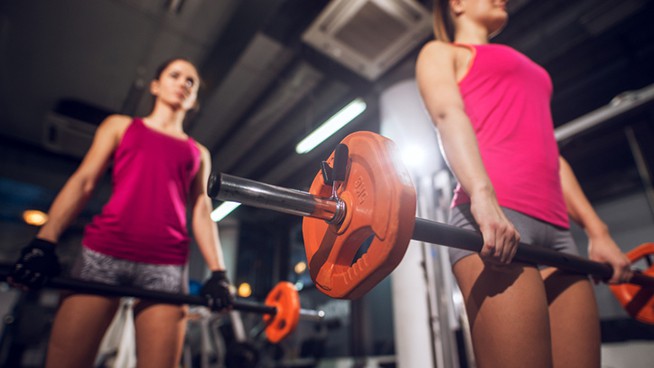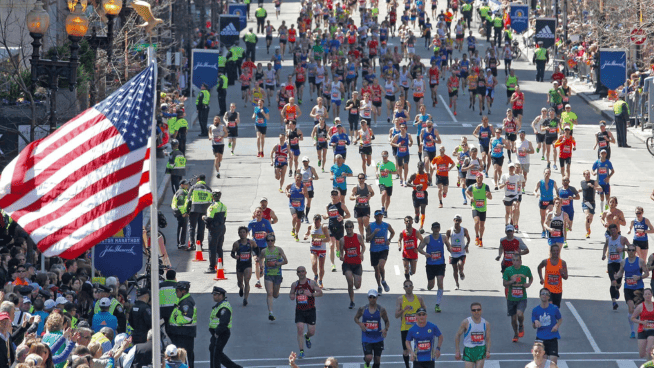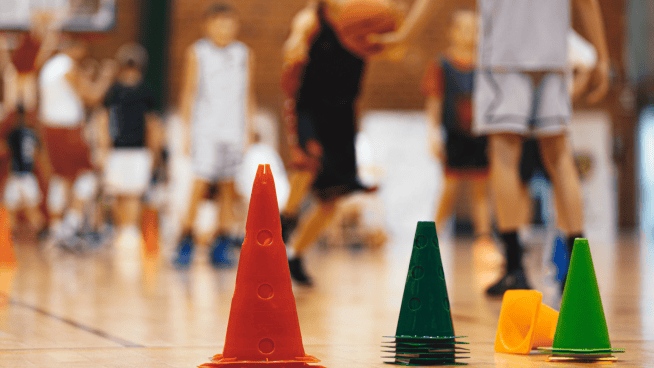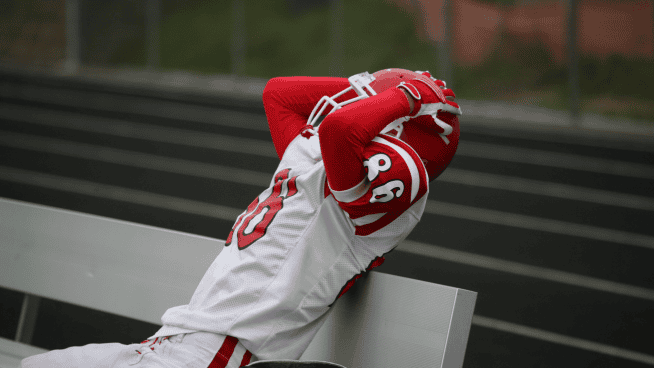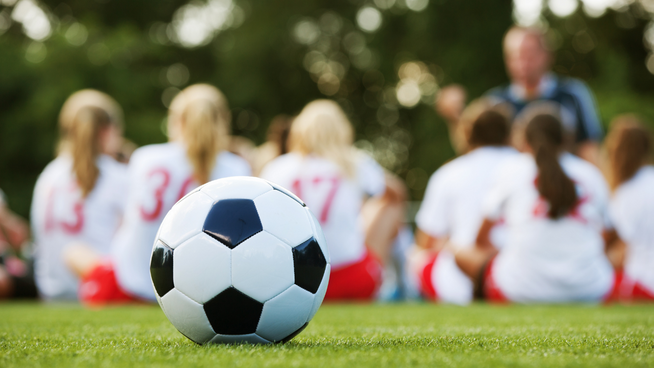Sochi Athletes Speak: Meghan Duggan, U.S. Hockey Player
Photo: AP
It’s no secret that American fans of women’s hockey are eagerly awaiting a rematch with Canada. For many, it promises to be the only entertaining game in this year’s tournament. In the past , both teams have blown out opponents by double digits in the group stage. A retooled format—top four teams in one group, bottom four in the other, with the bottom of the top and the top of the bottom playing for the final knockout spots—was designed to make those blowouts a thing of the past, but the race for the gold is still likely to be a two-team sprint to the finish between the United States and Canada.
Meghan Duggan, a forward who was a member of the 2010 U.S. team that lost to Canada in the Olympic final, is looking to capture her first gold. Here, she gives STACK readers an inside look at the training and nutrition that’ll help her get there.
STACK: What sort of things are you doing in the weight room?
Duggan: It depends if we’re in season or not. In-season, right now, we do a lot of circuit training, a lot of plyometrics and functional movement type stuff. As hockey players, we’re predominantly lower-body loaded, so we do most stuff on one leg. We work with Mike Boyle Strength and Conditioning out of Woburn. One of our biggest tests is a Rear Foot-Elevated Split Squat with Kettlebells. I think most players on our team will hold around 64 kilos, which is 130 pounds for a one legged squat. That’s pretty good.
What about your nutrition? What’s that like?
Duggan: This entire year, because we’re training so much, everyone on our team has completely leaned out. It’s crazy the shape that we’re in. The best thing you can do is eat a balance of lean protein, greens, grains and vegetables. In a two-hour ice session, you can lose two pounds of water weight, so [we] make sure we’re hydrating and eating right.
Right after practice, when we’re off the rink, we’ll drink shakes that we have provided to us—Gatorade or things like that. When I get home, I love to cook. I don’t have anything I like to eat every day, so I mix it up. I’m eating things like pulled pork, salmon or sometimes a steak. I always have some kind of meat, some veggies and something like rice or quinoa.
What about before the game—do you have any rituals you have to perform?
Duggan: I think all of us are creatures of habit, so we do certain things the same when we get to the rink—when we dress down, when we tape our sticks, what music we listen to—that type of thing. That’s what makes me feel most prepared. I wouldn’t say there is anything super specific, but I tend to do things in the same order. First, I always have a coffee, no matter what time of day. I get to the rink and dress down right away. Then I like to tape my sticks and put my headphones on. I get drinks, things I’m going to be having for the warm-up and for the game. Then I play soccer a bit with the girls.
Soccer?
Duggan: There are a handful of us that play keep-up with a soccer ball for about 20 minutes, usually until our strength coach tells us to do our dynamic warm-up. Before we close, we have to get one round where everyone touches it. Sometimes we get it right away, sometimes we’re chasing it around and diving after it, just to bang it off your leg to say that you touched. It loosens us up a bit.
Speaking of nerves, is there any team that you consider a dark horse contender?
Duggan: You have to be prepared to face any team. On any given day, a team can beat another. We were actually upset by Team Finland early on in our pre-Olympic tour. They beat us 3-1 in New York. They’re our first matchup. There’s a lot of talk about the rivalry between us and Canada, and obviously that’s going to be a huge game. But we can’t look past Finland, and that’s the one we’re going to focus on first.
RECOMMENDED FOR YOU
MOST POPULAR
Sochi Athletes Speak: Meghan Duggan, U.S. Hockey Player
Photo: AP
It’s no secret that American fans of women’s hockey are eagerly awaiting a rematch with Canada. For many, it promises to be the only entertaining game in this year’s tournament. In the past , both teams have blown out opponents by double digits in the group stage. A retooled format—top four teams in one group, bottom four in the other, with the bottom of the top and the top of the bottom playing for the final knockout spots—was designed to make those blowouts a thing of the past, but the race for the gold is still likely to be a two-team sprint to the finish between the United States and Canada.
Meghan Duggan, a forward who was a member of the 2010 U.S. team that lost to Canada in the Olympic final, is looking to capture her first gold. Here, she gives STACK readers an inside look at the training and nutrition that’ll help her get there.
STACK: What sort of things are you doing in the weight room?
Duggan: It depends if we’re in season or not. In-season, right now, we do a lot of circuit training, a lot of plyometrics and functional movement type stuff. As hockey players, we’re predominantly lower-body loaded, so we do most stuff on one leg. We work with Mike Boyle Strength and Conditioning out of Woburn. One of our biggest tests is a Rear Foot-Elevated Split Squat with Kettlebells. I think most players on our team will hold around 64 kilos, which is 130 pounds for a one legged squat. That’s pretty good.
What about your nutrition? What’s that like?
Duggan: This entire year, because we’re training so much, everyone on our team has completely leaned out. It’s crazy the shape that we’re in. The best thing you can do is eat a balance of lean protein, greens, grains and vegetables. In a two-hour ice session, you can lose two pounds of water weight, so [we] make sure we’re hydrating and eating right.
Right after practice, when we’re off the rink, we’ll drink shakes that we have provided to us—Gatorade or things like that. When I get home, I love to cook. I don’t have anything I like to eat every day, so I mix it up. I’m eating things like pulled pork, salmon or sometimes a steak. I always have some kind of meat, some veggies and something like rice or quinoa.
What about before the game—do you have any rituals you have to perform?
Duggan: I think all of us are creatures of habit, so we do certain things the same when we get to the rink—when we dress down, when we tape our sticks, what music we listen to—that type of thing. That’s what makes me feel most prepared. I wouldn’t say there is anything super specific, but I tend to do things in the same order. First, I always have a coffee, no matter what time of day. I get to the rink and dress down right away. Then I like to tape my sticks and put my headphones on. I get drinks, things I’m going to be having for the warm-up and for the game. Then I play soccer a bit with the girls.
Soccer?
Duggan: There are a handful of us that play keep-up with a soccer ball for about 20 minutes, usually until our strength coach tells us to do our dynamic warm-up. Before we close, we have to get one round where everyone touches it. Sometimes we get it right away, sometimes we’re chasing it around and diving after it, just to bang it off your leg to say that you touched. It loosens us up a bit.
Speaking of nerves, is there any team that you consider a dark horse contender?
Duggan: You have to be prepared to face any team. On any given day, a team can beat another. We were actually upset by Team Finland early on in our pre-Olympic tour. They beat us 3-1 in New York. They’re our first matchup. There’s a lot of talk about the rivalry between us and Canada, and obviously that’s going to be a huge game. But we can’t look past Finland, and that’s the one we’re going to focus on first.

